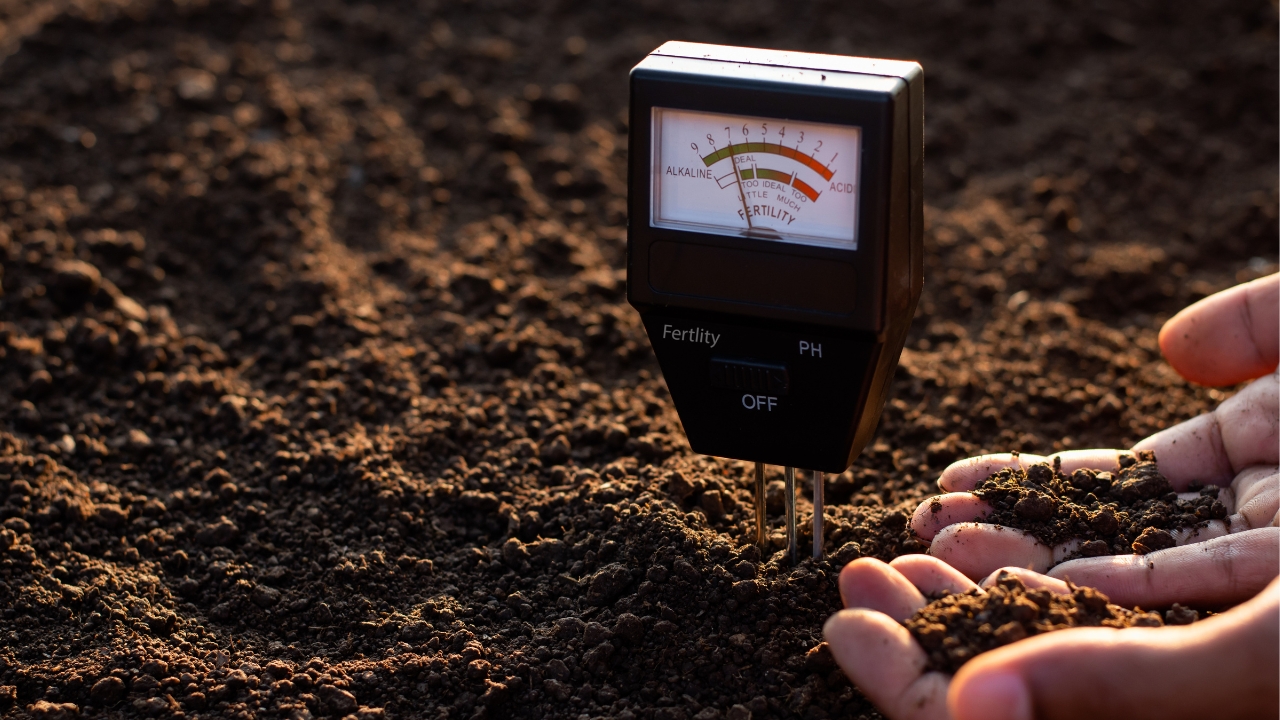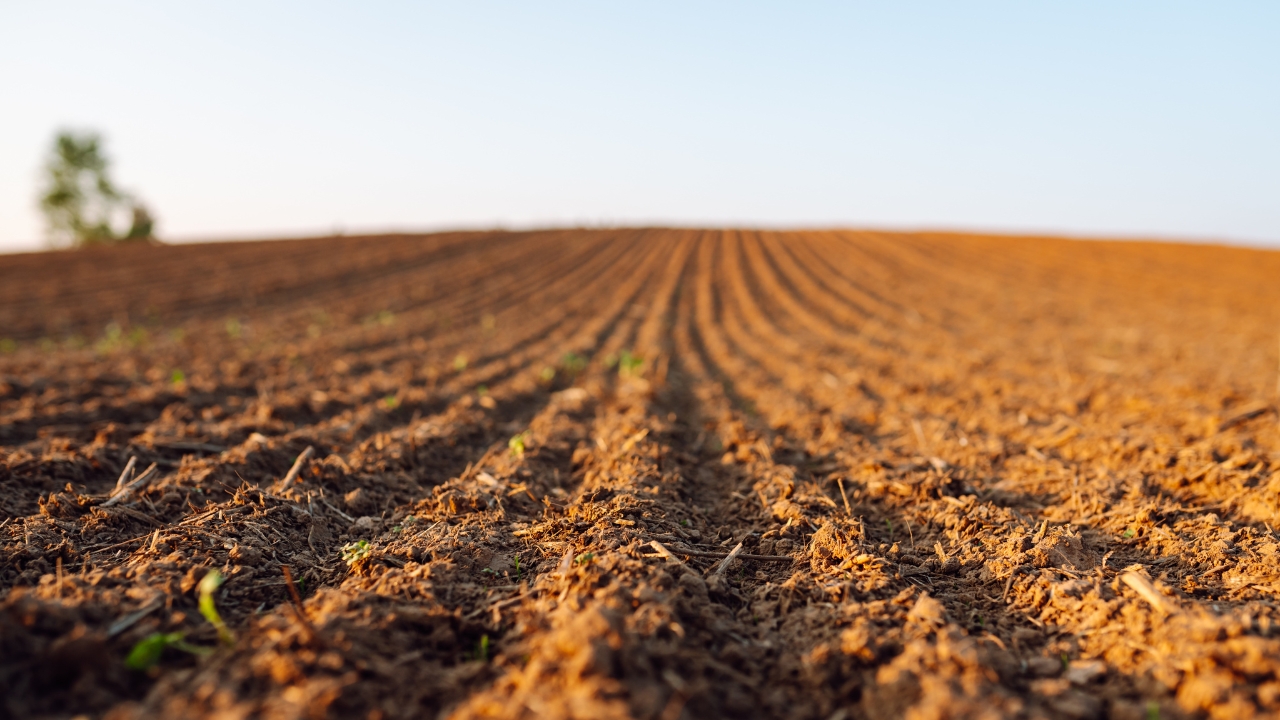10 Worst Things You Can Do to Your Soil (and How to Fix It)
If you’ve ever planted something, babied it for weeks, and then wondered why it barely grew or just straight-up died, your soil might be to blame. I’ve been there—thinking I did everything right, only to end up with sad, stunted plants and a growing sense of gardening failure. Turns out, soil isn’t just dirt, and it’s shockingly easy to mess up.
Here’s what you might be doing wrong and how to turn things around.
Over-Tilling

Tilling has its place, but if you’re doing it every season, you’re destroying soil structure, killing off beneficial microbes, and making erosion worse. The more you disturb the soil, the more organic matter you lose, and that means less moisture retention and fewer nutrients for your plants. Over time, you’ll end up with soil that’s dry, compacted, and harder to work with.
If you’re breaking new ground, tilling can help. But for an established garden, stick to no-till methods like composting, mulching, and planting cover crops. These methods keep soil life intact, reduce erosion, and improve fertility over time—without all the downsides of constant tilling.
Compacting the Soil

Soil needs air pockets so water, nutrients, and roots can move through it. If you’re walking, driving, or even letting animals trample the same area over and over, you’re compacting the soil and choking out your plants from below. Water can’t soak in properly, roots struggle to spread, and the whole system gets thrown off.
To avoid compaction, keep heavy foot traffic and equipment off garden beds. If compaction is already an issue, use a broadfork or aerator to loosen things up. Adding compost and organic matter also helps restore structure and keep soil from getting packed down again.
Using Too Much Fertilizer

Plants need nutrients, but overloading them with fertilizer can burn roots, alter soil pH, and even kill off beneficial microbes. Too much synthetic fertilizer can also lead to salt buildup, which makes it harder for plants to absorb water. It’s a common mistake that causes more problems than it solves.
Before dumping on fertilizer, test your soil. That way, you’re only adding what’s actually needed. Organic options like compost and well-aged manure feed the soil naturally and don’t carry the same risks as synthetic fertilizers. When it comes to soil health, slow and steady wins the race.
Letting Soil Go Bare

Exposed soil is a magnet for erosion, weeds, and moisture loss. Rain and wind will strip away your topsoil, and once that’s gone, you’re left with hard, lifeless dirt that struggles to support anything. Weeds will move in fast, taking advantage of the empty space and stealing nutrients from whatever you’re trying to grow.
Covering your soil is one of the best things you can do for it. Use mulch, cover crops, or even straw to protect against erosion and retain moisture. A covered garden is a healthier, more productive garden, and it takes way less effort to maintain.
Ignoring Soil pH

Soil pH determines how well plants absorb nutrients, and if it’s too high or too low, you’ll end up with stunted plants, yellow leaves, and poor yields—no matter how much fertilizer you use. Some crops thrive in slightly acidic soil, while others need a more neutral balance.
If your plants aren’t doing well despite regular watering and feeding, a soil test is the first step. If pH is too low (acidic), adding lime can help. If it’s too high (alkaline), sulfur or organic matter like peat moss can bring it down. Knowing your soil’s pH makes all the difference in plant health.
Using Chemical Herbicides

Weed killers don’t just take out weeds. They also kill beneficial microbes, earthworms, and fungi that help keep your soil healthy. Over time, these chemicals can accumulate in the soil and even affect the health of future plants.
If weeds are a problem, there are better ways to deal with them. Mulching, flame weeding, and good old-fashioned pulling weeds by hand keep them under control without damaging the soil. If you need an herbicide, go for organic options that break down quickly and don’t linger in the soil.
Not Rotating Crops

Growing the same crop in the same spot year after year is a recipe for nutrient depletion and disease buildup. Different plants pull different nutrients from the soil, and if you don’t rotate crops, you’re taking out more than you’re putting back. Pests and diseases also get comfortable when they know what’s coming each season.
A simple rotation system makes a huge difference. Switching plant families—like growing legumes after tomatoes—helps balance soil nutrients and prevents pests from gaining a foothold. If you can, plant cover crops between growing seasons to rebuild soil fertility even more.
Overwatering

Too much water is just as bad as too little. Oversaturated soil drowns roots, compacts the ground, and encourages fungal diseases like root rot. It also leaches nutrients away, leaving plants starved no matter how much fertilizer you use.
A good rule of thumb is to water deeply but less often. This encourages roots to grow deeper, making plants more drought-resistant. Check the soil before watering—if it’s still damp an inch below the surface, wait another day. Adding mulch helps retain moisture without creating a swamp.
Using the Wrong Mulch

Mulch is great for keeping weeds down and locking in moisture, but not all mulch is good for your soil. Some types, like fresh wood chips, sawdust, and hay, can rob the soil of nitrogen, attract pests, or create a compacted mess.
If you want a mulch that benefits your soil, stick with aged wood chips, straw, or composted leaves. These break down naturally, feeding the soil while still protecting it. Always check that mulch is free of chemicals or weed seeds before laying it down.
Ignoring Organic Matter

Soil isn’t just dirt—it’s a living system that needs organic matter to stay healthy. If you’re not adding compost, manure, or plant matter, your soil will slowly degrade, losing nutrients and structure over time. This leads to hard-packed dirt that doesn’t hold water or support plant growth.
The easiest way to fix this is to regularly add organic matter. Compost, aged manure, and even cover crops feed soil life and improve fertility. Leaving plant roots in the soil after harvesting also helps keep microbes and fungi active, which is key for long-term soil health.
*This article was developed with AI-powered tools and has been carefully reviewed by our editors.







